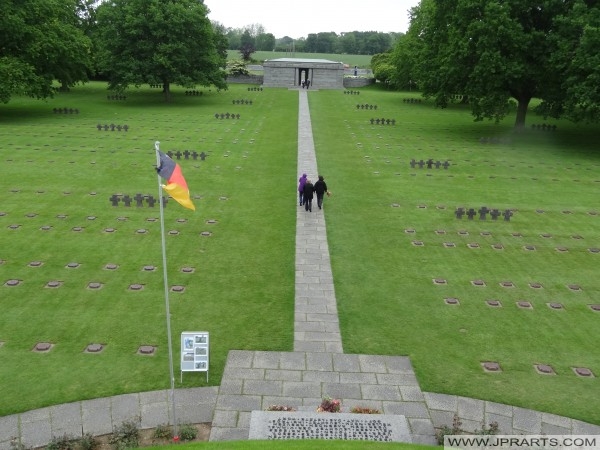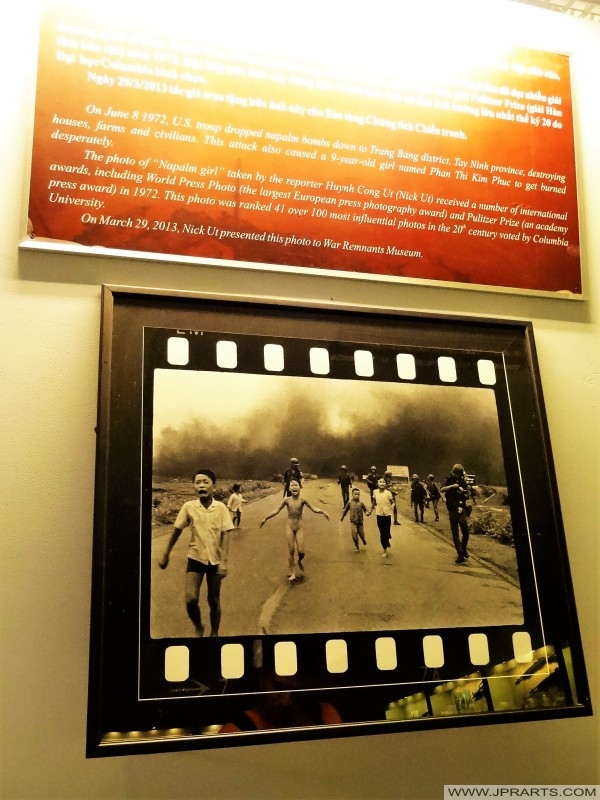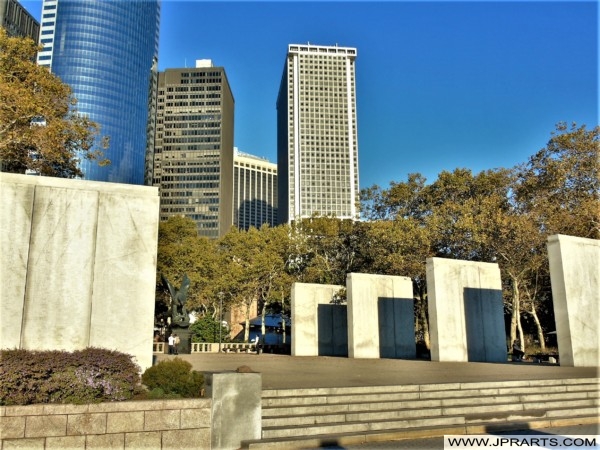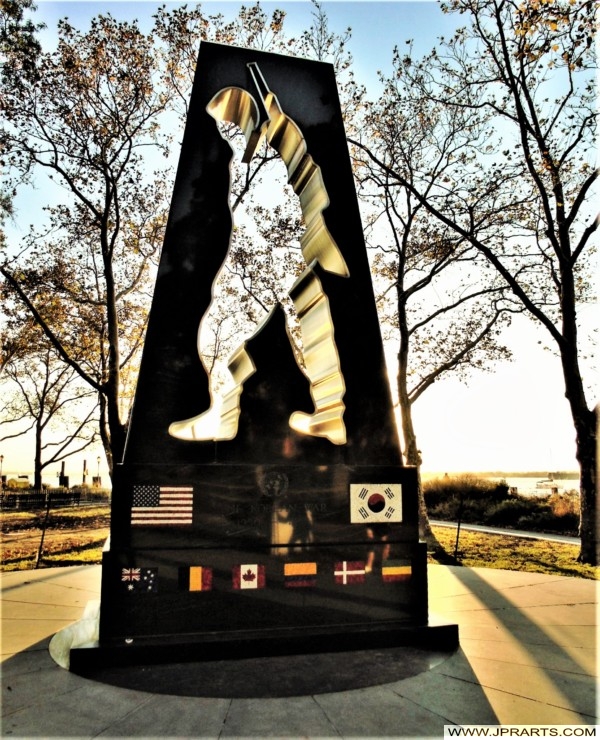World War II was the deadliest military conflict in history in absolute terms of total casualties. Over 60 million people were killed, which was about 3% of the 1940 world population (est. 2.3 billion). Civilians killed totalled 50 to 55 million, including 19 to 28 million from war-related disease and famine. Military deaths from all causes totalled 21 to 25 million, including deaths in captivity of about 5 million prisoners of war.
World War II Cemeteries
Zweiten Weltkrieg Friedhöfen

Order Digital Image 12.295 on A4 scale
According to Russian government figures, USSR losses within postwar borders stand at 26.6 million, including 8.5 million due to war related famine and disease In 2009 the Polish Institute of National Remembrance (IPN) researchers estimated Poland’s dead at between 5.6 and 5.8 million. Historian Rüdiger Overmans of the Military History Research Office (Germany) published a study in 2000 that estimated the German military dead and missing at 5.3 million, including 900.000 men conscripted from outside of Germany’s 1937 borders, in Austria, and in east-central Europe. The People’s Republic of China puts its war dead at 20 million, while the Japanese government puts its casualties due to the war at 3.1 million.
Cementerios de la Segunda Guerra Mundial
第二次世界大战墓地
An estimated 11 to 17 million civilians died as a direct or as an indirect result of Hitler’s racist policies, including mass killing of around 6 million Jews, along with Roma, homosexuals, at least 1.9 million ethnic Poles and millions of other Slavs (including Russians, Ukrainians and Belarusians), and other ethnic and minority groups. Between 1941 and 1945, more than 200,000 ethnic Serbs, along with gypsies and Jews, were persecuted and murdered by the Axis-aligned Croatian Ustaše in Yugoslavia. Concurrently, Muslims and Croats were persecuted and killed by Serb nationalist Chetniks, with an estimated 50,000-68,000 victims (of which 41,000 were civilians). Also, more than 100,000 Poles were massacred by the Ukrainian Insurgent Army in the Volhynia massacres, between 1943 and 1945. At the same time, about 10,000–15,000 Ukrainians were killed by the Polish Home Army and other Polish units, in reprisal attacks.
Cimetières de la Seconde Guerre Mondiale
Tweede Wereldoorlog Begraafplaatsen
In Asia and the Pacific, between 3 million and more than 10 million civilians, mostly Chinese (estimated at 7.5 million), were killed by the Japanese occupation forces. The most infamous Japanese atrocity was the Nanking Massacre, in which fifty to three hundred thousand Chinese civilians were raped and murdered. Mitsuyoshi Himeta reported that 2.7 million casualties occurred during the Sankō Sakusen. General Yasuji Okamura implemented the policy in Heipei and Shantung.
Кладбища времен Второй мировой войны
Cimiteri di Seconda Guerra Mondiale
Axis forces employed biological and chemical weapons. The Imperial Japanese Army used a variety of such weapons during its invasion and occupation of China and in early conflicts against the Soviets. Both the Germans and the Japanese tested such weapons against civilians, and sometimes on prisoners of war.
The Soviet Union was responsible for the Katyn massacre of 22,000 Polish officers, and the imprisonment or execution of thousands of political prisoners by the NKVD, along with mass civilian deportations to Siberia, in the Baltic states and eastern Poland annexed by the Red Army.
The mass bombing of cities in Europe and Asia has often been called a war crime, although no positive or specific customary international humanitarian law with respect to aerial warfare existed before or during World War II. The USAAF bombed a total of 67 Japanese cities, killing 393,000 civilians, including from the atomic bombings of Hiroshima and Nagasaki, and destroying 65% of built-up areas.
第二次世界大戦の墓地
Cmentarze z czasów II wojny światowej
Visit the Cheap Webshop for Blu-rays, Books and DVDs






